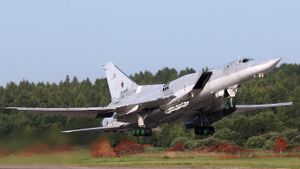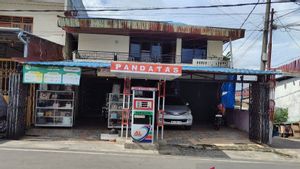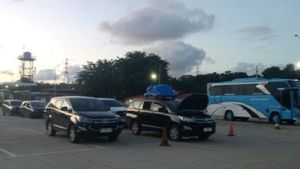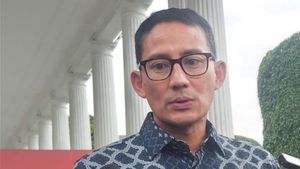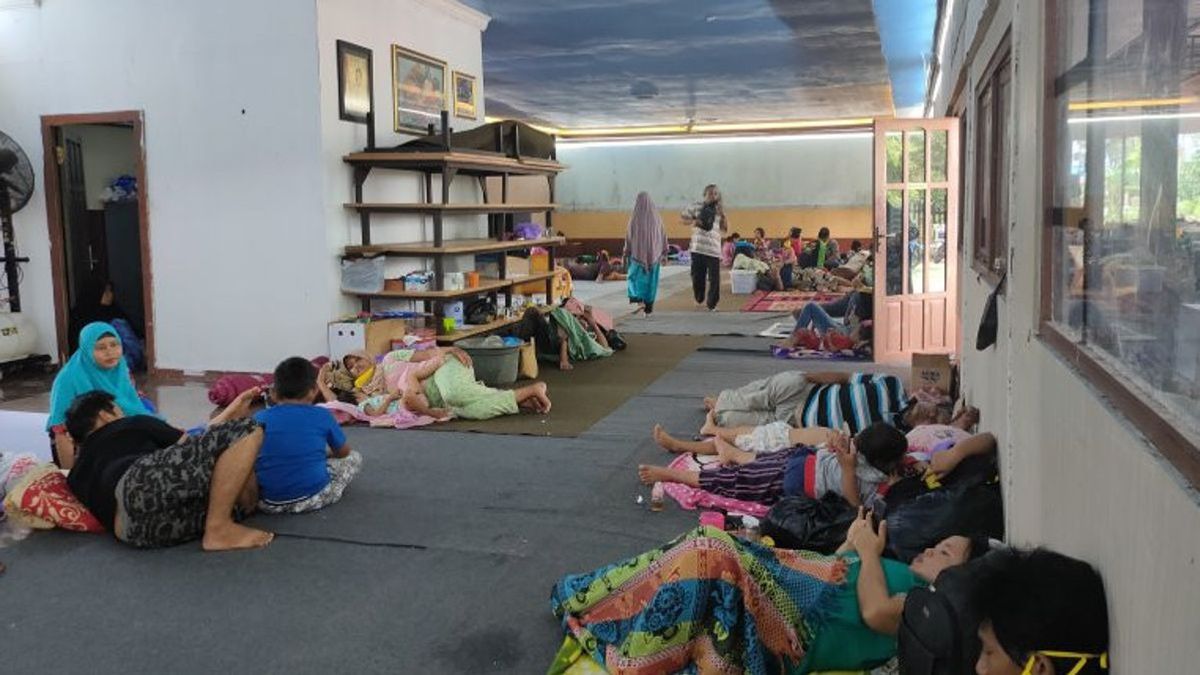
JAKARTA - Refugee camps that accommodate people affected by disasters can become locations for the spread of COVID-19. This is because space is limited and people are more likely to be close together.
That was the statement made by the Spokesperson for the COVID-19 Handling Task Force, Wiku Adisasmito, during a virtual press conference at Graha BNPB Jakarta, Tuesday, January 19.
"The congestion when you are in an evacuation site can cause the place to become the center of corona virus infection because people tend to be in close proximity," Wiku explained.
Wiku admits this is a challenge because if an evacuation is carried out in a COVID-19 condition, you still have to keep your distance.
"This threat becomes a double burden. Generally, in evacuation, other common diseases such as indigestion, diarrhea or stress will increase," added Wiku.
So far the task force is trying to be responsive to these concerns by implementing mass antigen swabs in areas affected by the disaster, one of which is the earthquake in Majene, West Sulawesi.
"Later, reactive refugees will be referred to the local health office for further treatment," said Wiku.
In addition, Wiku also asked for a separation of the refugee camps between vulnerable groups, namely the elderly and comorbid sufferers and the young in order to prevent transmission.
Furthermore, an evaluation will be carried out whether the hospital that handles COVID-19 patients is affected by the disaster, if it is affected, it will be considered to be transferred to another closest referral hospital.
"It is also necessary to carry out routine disinfection before a disaster occurs and to prepare evacuation sites by ensuring the availability of sanitary facilities such as clean water, hand washing equipment, soap and / or hand sanitizer," added Wiku.
Do not miss preparing a backup of Personal Protection Equipment (PPE) and thermometer as part of the first aid kit as well as reminding people to keep their distance, use masks, maintain personal hygiene and around the time of evacuation.
"And most importantly, carry out an evacuation based on the classification of people affected by COVID-19. It is better if COVID-19 patients are not treated in areas with high disaster risk so there is no need to mobilize patients when a disaster occurs," said Wiku.
Wiku requested that the BPBD and local governments need to prepare a special evacuation protocol to evacuate patients and medical workers and must have data on the locations of positive cases living in disaster-affected areas.
"Furthermore, giving a special sign for positive cases and not during the evacuation, as well as providing a ribbon with a special color on the hand, a mask with a special sign or other marks,"
"It also needs to consider plans for evacuation routes and evacuation plans in which positive cases and healthy residents are separated, accompanied by massive socialization prior to the evacuation," explained Wiku.
According to Wiku, areas that are in the red and yellow zoning must make more preparations considering the high rate of transmission where evacuation is an area that is at risk of infection.
"We hope that the regional government, supported by the central government, can take steps to prevent COVID-19 in refugee camps," said Wiku.
The English, Chinese, Japanese, Arabic, and French versions are automatically generated by the AI. So there may still be inaccuracies in translating, please always see Indonesian as our main language. (system supported by DigitalSiber.id)



